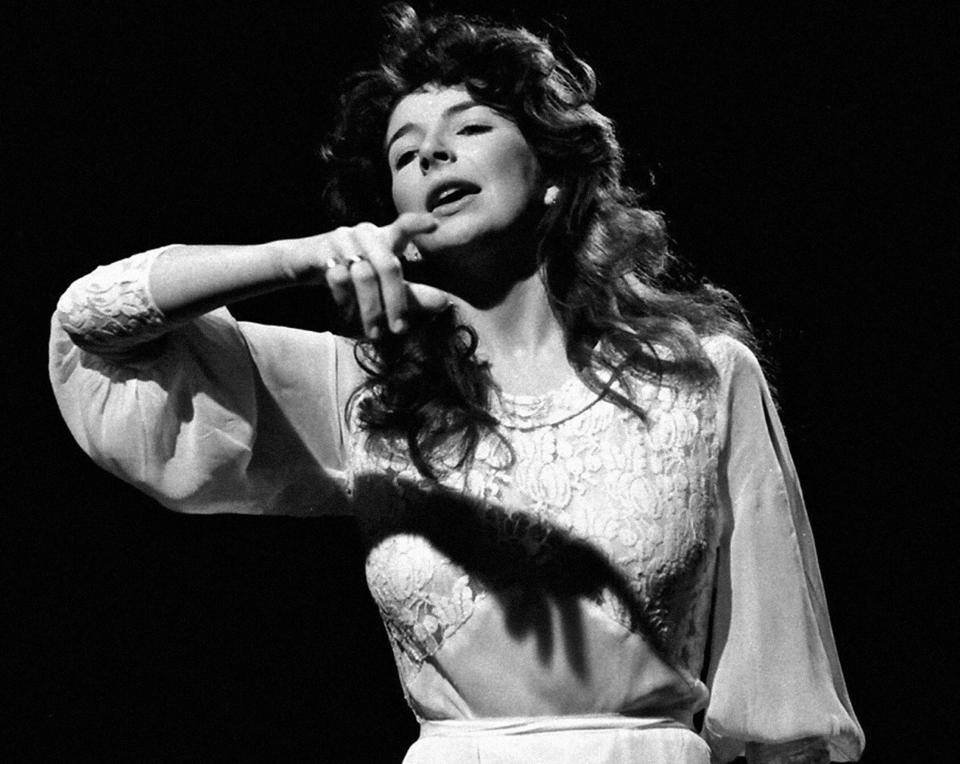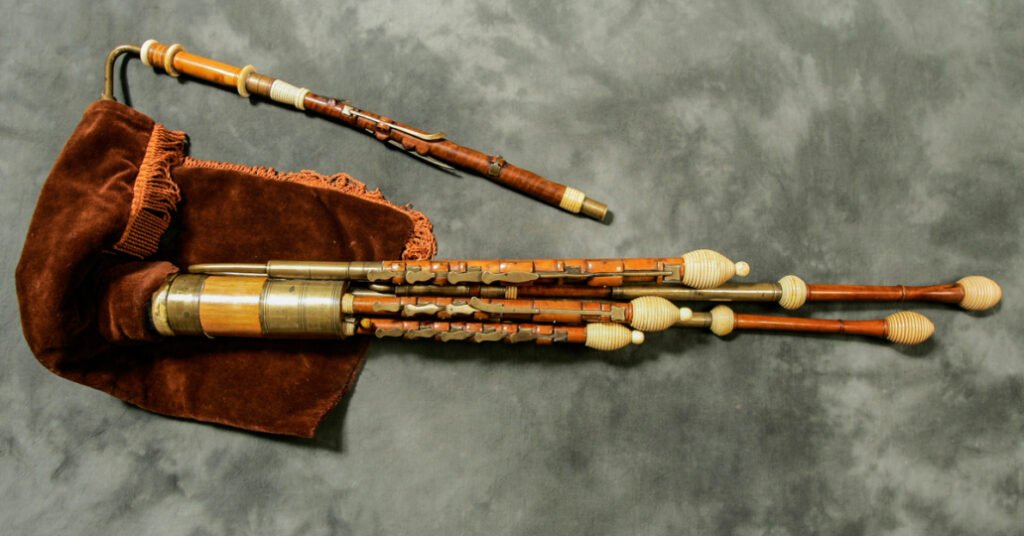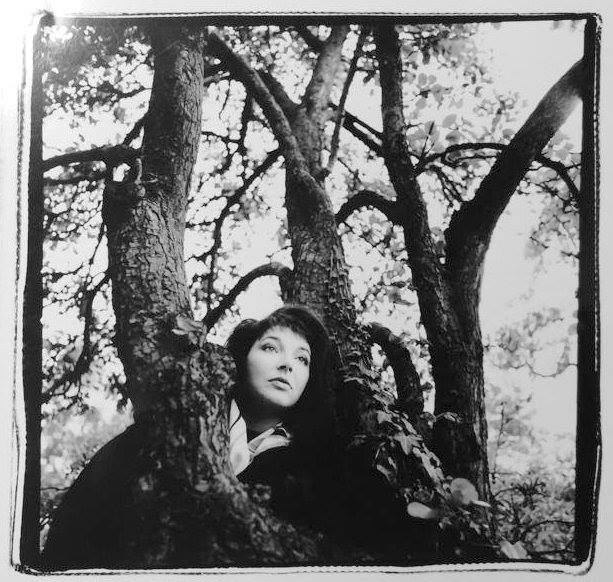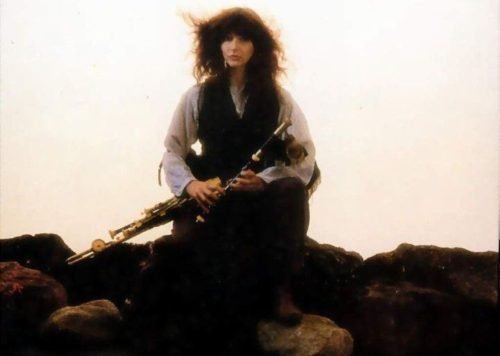Kate Bush is a paragon of musical innovation, whose eclectic oeuvre has continually pushed the boundaries of what pop music can represent. Emerging in the late 1970s with her haunting single “Wuthering Heights,” Bush quickly distinguished herself with her ethereal vocals, intricate songwriting, and avant-garde production techniques. Over the decades, her work has drawn from an astonishing variety of sources, ranging from literature and film to an array of musical genres. Among these influences, Celtic music holds a special place, weaving its threads subtly yet significantly through her expansive discography.
Celtic music, a genre steeped in the folklore and traditions of the Celtic peoples of Western Europe, particularly those from Ireland, Scotland, and Wales, has long been celebrated for its distinctive instruments, such as the fiddle, tin whistle, and uilleann pipes. Its rich modal melodies and traditional narratives tell tales of a mystical, ancient past that continues to resonate within contemporary music. The historical significance of Celtic music extends beyond mere sound; it represents a preservation of culture, a celebration of heritage, and a voice for stories handed down through generations.
Explore the nuanced ways in which Celtic music has influenced Kate Bush’s artistic output. From the modal scales and storytelling techniques to the use of traditional instruments and thematic underpinnings, we will delve into how Bush has integrated Celtic elements into her music, enhancing her already distinctive sound. Through this exploration, we not only appreciate Bush’s artistry but also understand the broader cultural dialogues that her music engages with, bridging the past with the present in her uniquely enchanting style.
Background on Kate Bush

Kate Bush’s ascent into the music world was as meteoric as it was groundbreaking. At the tender age of 19, she captivated the British music scene with her debut single “Wuthering Heights,” which soared to the top of the UK charts—a rare feat for a song so unapologetically complex and theatrically presented. Her debut album, The Kick Inside (1978), revealed a fully-formed artist with a penchant for lush compositions, literary lyrics, and innovative production techniques. Over the years, Bush continued to defy industry norms and expectations, producing her music, choreographing elaborate performances, and utilizing new technologies, from the Fairlight synthesizer to pioneering methods in music video production.
Her discography, though sparse, is a testament to her enduring impact on the music industry. Albums like Hounds of Love (1985) showcase a mastery of mixing pop sensibility with avant-garde experimentation. The album’s second side, “The Ninth Wave,” is a mini-conceptual piece that illustrates her knack for blending diverse musical styles into a coherent narrative. Bush’s work is characterized by its theatricality, innovative use of technology, and deep emotional resonance, attributes that have cemented her as a towering figure in music.
Broadly speaking, Kate Bush’s musical influences are as eclectic as her output. From the classical compositions of Debussy to the rock and roll energy of the Beatles, her inspirations span genres and eras, allowing her to create a sound that is unmistakably hers yet universal in its appeal. Furthermore, she has drawn significantly from folk music traditions, cinema, literature (notably the Brontë sisters), and dance, all of which have contributed to the theatrical and cinematic quality of her work.
Understanding Celtic Music

Celtic music, a vibrant and deeply historical genre, encompasses the folk traditions of the Celtic peoples of Western Europe. Its roots are ancient, tracing back to the Iron Age Celtic cultures. However, the music as known today largely developed from the rural communities of Ireland, Scotland, Wales, and Brittany throughout the last several centuries. This genre is not just a form of entertainment but a vehicle for cultural storytelling, preservation, and communal expression.
Key Features
The key features of Celtic music include its reliance on modal scales and traditional rhythms that often lead to a lively, dynamic, and sometimes haunting quality of sound. This music frequently utilizes a call-and-response format, seen both in instrumental pieces and vocal arrangements. The structure can vary from simple repetitive forms to intricate melodies that weave together complex narratives and emotions.
Traditional instruments play a crucial role in defining the sound of Celtic music. The fiddle is perhaps the most iconic, known for its fiery melodies and poignant laments. Other instruments include the tin whistle and the Irish flute, which provide the piercing, ethereal tones often associated with the genre. The uilleann pipes, a softer and more complex cousin of the Scottish bagpipes, contribute a deeply resonant and haunting quality that is distinctly Irish. The bodhrán, a type of frame drum, provides the driving rhythmic underpinning to many Celtic compositions. The harp, another symbol of Celtic music, especially in Ireland and Wales, offers a delicate counterpoint to the more robust sounds of the fiddles and pipes.
Origins
Celtic music is indelibly linked to the regions of Ireland, Scotland, Wales, and Brittany in France, each of which has developed its unique take on the genre. In Ireland, the music is often intertwined with Gaelic traditions and language, characterized by its lilting melodies and often dance-oriented rhythms. Scottish Celtic music is robust, often featuring the powerful sounds of the bagpipes and a strong storytelling tradition through its ballads.
Welsh Celtic music boasts a strong tradition of male choirs and harp music, reflecting the country’s historical and cultural narratives. Brittany, while geographically separate from the British Isles, shares a Celtic linguistic and cultural heritage that manifests in its music through the use of unique scales and the incorporation of local instruments like the Breton bagpipes.
Case Study: “Hounds of Love” and “Night of the Swallow”

In exploring the Celtic influences within Kate Bush’s work, two pieces stand out for their distinct use of Celtic music elements: the album Hounds of Love, specifically its side two sequence known as “The Ninth Wave,” and the song “Night of the Swallow” from her earlier album The Dreaming. These works exemplify how Bush not only incorporates traditional Celtic sounds but integrates them into the broader narratives and thematic constructs of her albums.
“Hounds of Love” — “The Ninth Wave”
“The Ninth Wave,” a song suite on the second side of the album Hounds of Love, is a profound example of Kate Bush’s use of Celtic music in a broader thematic context. The sequence tells a story of a person drifting alone in the sea at night, which resonates deeply with the Celtic themes of nature, spirituality, and human endurance against elemental forces. Celtic music traditionally invokes natural imagery and often reflects on human experiences within these contexts, making it a fitting choice for this narrative.
Within “The Ninth Wave,” the track “Jig of Life” is particularly notable. This song revives the protagonist with a vigorous Celtic jig, symbolizing a life force and a connection to heritage and past wisdom. The instrumentation is heavily influenced by traditional Celtic music, featuring fiddles and bodhráns, which not only supports the thematic elements of the narrative but also provides a vibrant contrast to the darker, more introspective pieces in the suite. This integration of Celtic music supports the album’s exploration of personal and metaphysical themes, bridging the gap between the ethereal and the tangible.
“Night of the Swallow”
“Night of the Swallow” from The Dreaming provides a detailed look into Kate Bush’s use of Celtic instruments to convey specific narrative and emotional effects. The song employs traditional Irish instruments such as the uilleann pipes, played by Liam O’Flynn, and the fiddle, to create a soundscape that is distinctly evocative of Irish folk music. The use of these instruments is not merely ornamental; they are central to the song’s expression of defiance and yearning for freedom. The lyrics tell of a woman pleading with her lover not to undertake a dangerous journey, with the Celtic instruments underscoring the emotional stakes of the narrative.
The song’s arrangement and its melding with Celtic sounds illustrate Bush’s broader artistic vision of using music to transcend cultural boundaries while deeply engaging with specific musical traditions. This track, like much of her work, showcases her ability to fuse these elements seamlessly into the fabric of her own unique sound, reflecting a global awareness that is both respectful of tradition and innovative in execution.
Impact of Celtic Music on Kate Bush’s Artistry

The integration of Celtic music into Kate Bush’s discography has had a profound influence on her overall sound and her musical identity, setting her apart in the landscape of popular music. Bush’s artistic approach often involves the blending of diverse musical styles, but her use of Celtic elements is particularly significant as it adds a layer of depth and authenticity that resonates with listeners and critics alike.
Influence on Musical Identity
Kate Bush’s foray into Celtic music enhanced her reputation as a musical innovator. The incorporation of traditional instruments and melodies allowed her to create a sonic palette that is not only rich and diverse but also deeply evocative and emotionally charged. Her ability to meld the ethereal qualities of Celtic music with the technological advancements in music production during the 1980s and 1990s showcases her skill in creating a unique auditory experience that defies simple categorization.
This integration has also emphasized her skills as a storyteller. Celtic music, with its strong narrative traditions and connection to folklore, provided a perfect medium for Bush to explore complex themes such as human psychology, mythological stories, and personal introspection. The result is a body of work that feels timeless yet modern, bridging the gap between the ancient and the contemporary.
Reception by Critics and Fans
Critics have often lauded Kate Bush for her adventurous musical choices and her willingness to experiment with different sounds and styles. Her use of Celtic music has been particularly praised for its authenticity and for the seamless way it integrates with her broader musical vision. Albums like Hounds of Love are frequently cited as masterpieces of pop music, in part because of their successful fusion of various musical influences, including Celtic.
Fans of Kate Bush have responded to her Celtic influences with enthusiasm and deep affection. Tracks like “Jig of Life” and “Night of the Swallow” are often highlighted as favorites due to their vibrant energy and distinctive sound. The emotional depth and cultural resonance of these Celtic-infused songs speak directly to listeners, many of whom appreciate the way these elements highlight Bush’s versatility and creativity as an artist.
Furthermore, her exploration of Celtic music has helped attract listeners who might not typically engage with pop music but who are drawn to the folk elements she incorporates. This has broadened her audience and deepened the impact of her music, creating a legacy that transcends musical genres and cultural boundaries.
Overall, the influence of Celtic music on Kate Bush’s artistry is a testament to her profound ability to absorb and reinterpret diverse musical traditions, enriching not only her own sound but also the broader musical landscape. Her work continues to inspire new generations of musicians and fans, attesting to the enduring appeal and relevance of her music.
